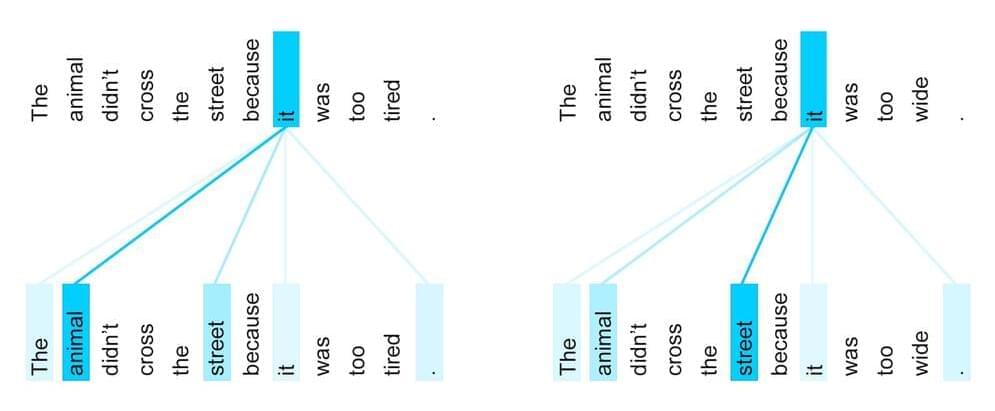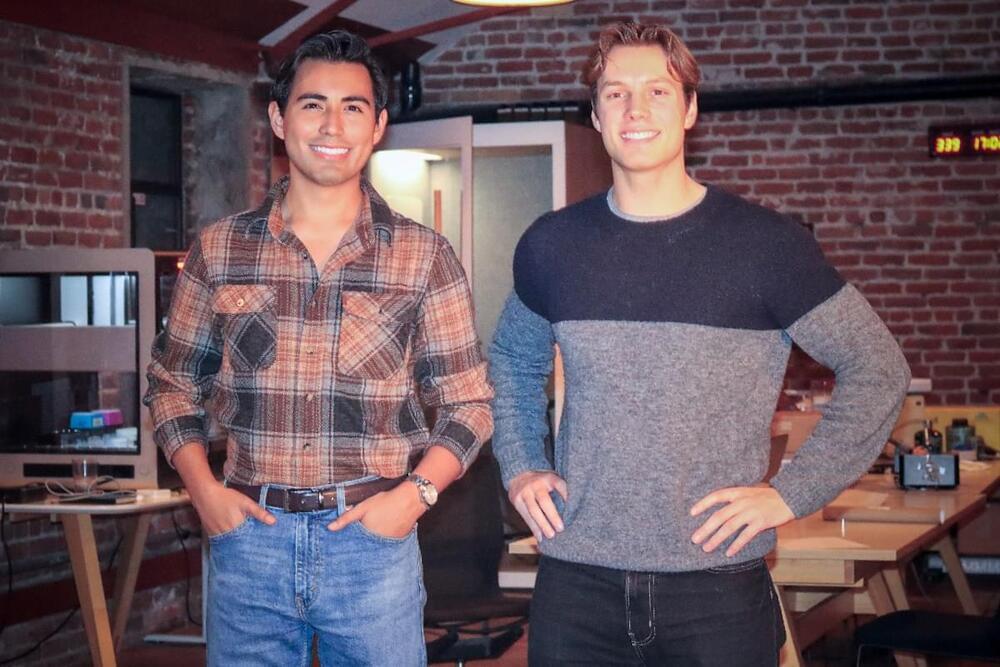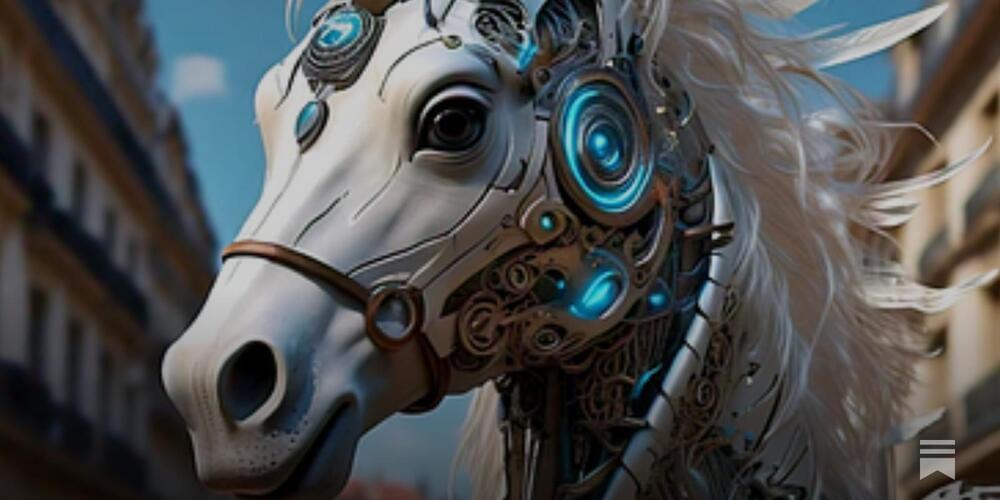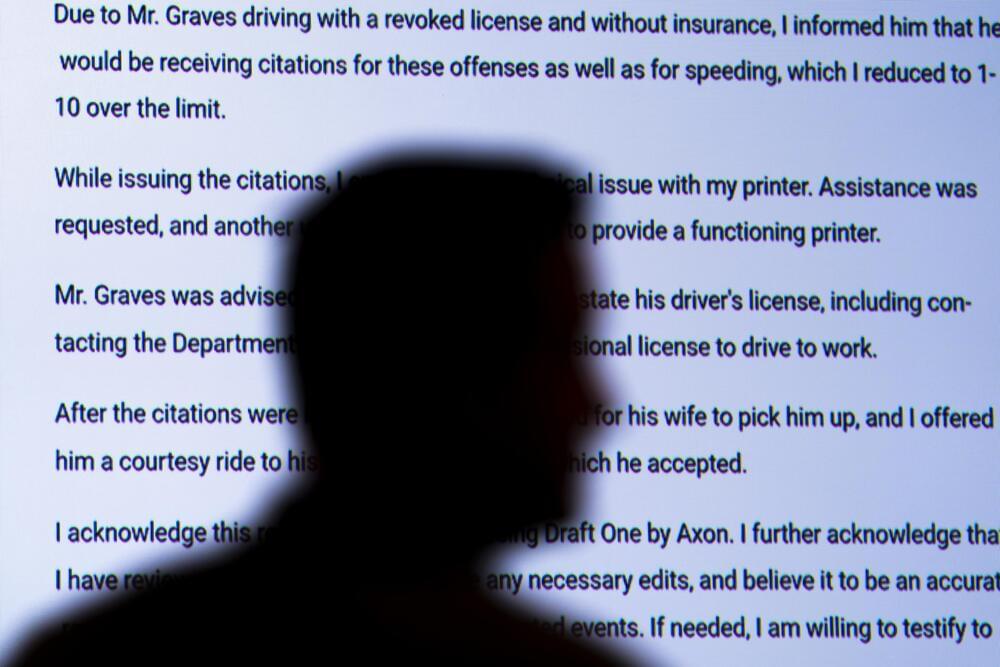Hallucinations, a bane of popular A.I. programs, turn out to be a boon for venturesome scientists eager to push back the frontiers of human knowledge.



Leveraging the success of this new program, just about two years from its launch DeepMind’s AI spinout Isomorphic announced two drug discovery deals, worth $3 billion each, with Eli Lilly and Novartis.
Earlier this year, microprocessor giant NVIDIA also dove head first into AI for drug discovery, making big investments and deals with leaders like Recursion Pharmaceuticals and Genentech.
AI in drug discovery seems to be having a moment.




The Parker Solar Probe will swoop just 6.1 million kilometers above the sun’s surface on Christmas Eve. Scientists are thrilled at what we might learn.
By Jonathan O’Callaghan edited by Lee Billings
There are some places in the solar system no human will ever go. The surface of Venus, with its thick atmosphere and crushing pressure, is all but inaccessible. The outer worlds, such as Pluto, are too remote to presently consider for anything but robotic exploration. And the sun, our bright burning ball of hydrogen and helium, is far too hot and tumultuous for astronauts to closely approach. In our place, one intrepid robotic explorer, the Parker Solar Probe, has been performing a series of dramatic swoops toward our star, reaching closer than any spacecraft before to unlock its secrets. Now it is about to perform its final, closest passes, skimming inside the solar atmosphere like never before.


Energy-efficient AI module for wearables, medical devices, and activity recognition.
Ambient Scientific has unveiled its new AI module, the Sparsh board, which operates on a coin cell battery, making it suitable for a wide array of on-device AI applications.
The module aims to offer solutions for tasks such as human activity recognition, voice control, and acoustic event detection.
This innovation is notable for its ability to function continuously for months without frequent battery replacements.

This week’s featured image from the Hubble Space Telescope showcases the spiral galaxy NGC 337, located approximately 60 million light-years away in the constellation Cetus, also known as The Whale.
The stunning image merges observations captured in two different wavelengths, revealing the galaxy’s striking features. Its golden-hued center glows with the light of older stars, while its vibrant blue edges shimmer with the energy of young, newly formed stars. Had Hubble captured NGC 337 about a decade ago, it would have witnessed an extraordinary sight among the galaxy’s hot blue stars — a dazzling supernova illuminating its outskirts.
Named SN 2014cx, the supernova is remarkable for having been discovered nearly simultaneously in two vastly different ways: by a prolific supernova hunter, Koichi Itagaki, and by the All Sky Automated Survey for SuperNovae (ASAS-SN). ASAS-SN is a worldwide network of robotic telescopes that scans the sky for sudden events like supernovae.

OKLAHOMA CITY (AP) — A body camera captured every word and bark uttered as police Sgt. Matt Gilmore and his K-9 dog, Gunner, searched for a group of suspects for nearly an hour.
Normally, the Oklahoma City police sergeant would grab his laptop and spend another 30 to 45 minutes writing up a report about the search. But this time he had artificial intelligence write the first draft.
Pulling from all the sounds and radio chatter picked up by the microphone attached to Gilmore’s body camera, the AI tool churned out a report in eight seconds.